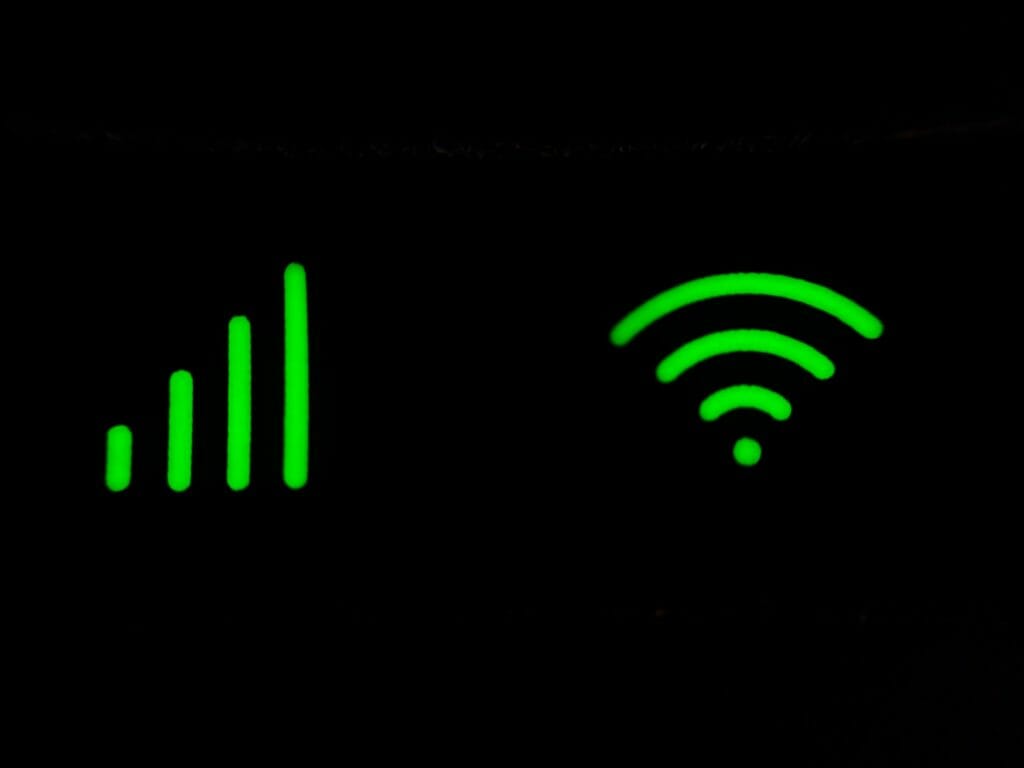As you may well know, Cignal is a telecommunications company which provides cellular and broadband services. Recently, they have released their latest cell phone that has an independent antenna and Bluetooth capabilities: the “Cignal Blazer.” Promotional images for this Blazer phone show slight bars on the upper half of the display where signal strength can be displayed. This is similar to how we can see bars for our data connection and wifi strength, but the cellular signal bars are not seen very often by consumers due to the lack of a proper way to show this information (i.e., there’s no app to view it).
This spurred us into researching into building such an app; and in doing so, we’ve come up with a way to add the cellular signal bars back into our cell phones. This article will discuss how the signal strength is currently measured, and how we’ve been able to make different apps visualize this information in a more friendly manner. It will also include links for devices running Android OS that can utilize our new app.
History Of Cellular Signal Reception
In the early days of cellular radio, there were two ways to measure signal strength: dbm and uA/m. dbm stands for Decibels relative to a milliwatt, while uA/m stands for microamperes per meter. The first is a power measurement, and the second is a conductance measurement. In layman’s terms: dbm measures how much “power” the cellular radio receives, while uA/m tells us how good that signal really is (i.e., what voltage or current level is being received).

In the earlier GSM days, it was common to have a cellular radio use the uA/m measurement. You can find various GSM phones on PocketGSM which show the cell strength in their signal bars according to this measure. For instance, if you check out the Nokia 6126, there’s a software applet called “Signal” which shows the cell strength in various units, including uA/m. In the screenshot below, the signal strength is -103 dBm. With a voltage of -90 dBm at 900 MHz being 1 uA/m on 850 Mhz being 200 uA/m (for GSM).
However, when CDMA came along it was discovered that dbm was more accurate. The reason being that dbm had tighter tolerances, meaning that measurements had fewer errors. This meant that you could pinpoint the location of interference on a cellular network easier with dbm than uA/m, since the latter would give erroneous results when trying to measure near strong reflections and such. CDMA2000 relied on dbm for cell strength measurements, and GSM later followed with this standard.
In the early days of cellular radio, there were two ways to measure signal strength: dbm and uA/m. dbm stands for Decibels relative to a milliwatt, while uA/m stands for microamperes per meter.
FM Transmission In Michigan
In addition to the above, we’ve been monitoring a case in Michigan where a Jack FM radio station was found guilty of causing interference in the GSM cellular networks located nearby. In fact, they claim that their broadcast is causing interference in the 900 MHz band, which is quite well-known for its ability to propagate well outdoors. The reason here is that the authors found that the Jack FM station was violating FCC rules because their broadcast power levels were too high and caused interference in GSM devices.

Conclusion
We may be able to fix this by transmitting the signal strength in a way that the radio stations can pick up and insert into their broadcasts. For instance, if you’re at a football stadium and there’s interference in your GSM service, if we could transmit an applet via FM where you could see your cell bars on your phone when using it, you could tell if it was because of your phone or the stadium. The station itself could use this information to turn down their power levels (assuming they pick up these signal bars) and thus reduce the interference caused by their operations.
References
leaked lapsus march tmobilekrebs
leaked march tmobilekrebs krebssecurity
leaked lapsus tmobilekrebs krebssecurity


